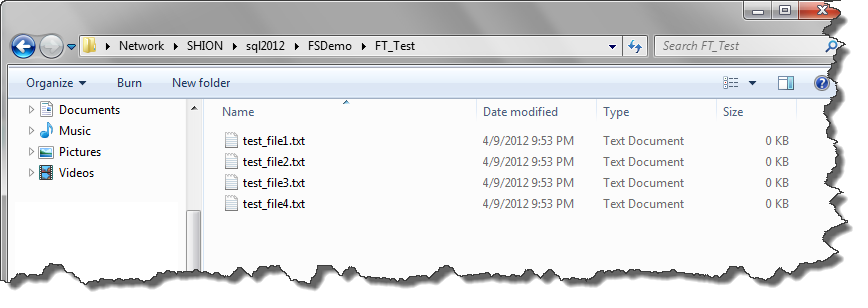I’d like to take a brief break from the technical posts to talk a little bit about community. As I write this, I’m currently heading back to Denver from SQL Saturday Phoenix. As with other SQL Saturdays I have attended, this was a fun event with lots of great learning and camaraderie with my fellow SQL geeks. This is a bit of a love letter to those geeks, but I wanted share with you some of the impact this event had on me.
Validation
As with everything else I’ve done in 2015, my presentation at this event was Powershell related. I gave a presentation on Powershell Tips and Tricks for SQL Server DBAs for the third time this year and was pretty pleased with my execution. What blew me away was the reception from the audience. I had a ton of positive feedback and comments and could tell the attendees really appreciated what I shared with them.
Why am I telling you this? Because I want to convey to you why you should present and the benefits of it. It’s more than just having your ego stroked or getting that pat on the back (though those don’t hurt). When you share your knowledge, you have an immediate and profound impact on other people’s careers. Each and every one of us has something that others can benefit from. We need to share it. To know that I showed my audience a better way to do their jobs and help them step up to another level is extremely gratifying.
Much is made of technical presentations being used as a vehicle for advancing your career. They are also a vehicle to advance the careers of your peer group. The great thing is the more we help each other, the more we help ourselves and make our skills and abilities stronger. I could see this in the gratitude of my audience and the feedback they gave me from my session.
Inspiration
What I like most about technical conferences is not just the education and the sessions. These are valuable for both the presenters and attendees, but the true value is gained in the conversations that happen around the event. This is why it’s so important to make time to talk with the other people at these events, to chat with speakers, and to avail yourself of the social aspects. You’ll find inspiration for solving problems at work, developing new strategies for your current position, or defining the next moves in your career.
I had several such conversations while I was at the event. Coming away from this SQL Saturday, I was able to help some of my peers with strategies and ideas for their blogs, their presentations, and their jobs. Beyond that, though, I was inspired for other things I could do to both improve myself and my career.
One example was a conversation with Amy Herold(@texasamy), where we talked a lot about Powershell and automation. She gave me a few ideas that I could further develop and we talked about some projects we could collaborate on. I’ve got some exciting ideas that I hope to work with Amy on over the next few months that will help both of us grow.
It’s hard to have these kind of conversations during our day-to-day jobs. Since we’re usually only one of a couple people (or maybe the lone gunman) doing data work in our jobs, it’s difficult to bounce ideas off of others and get that inspiration. You’d be amazed at what kind of thoughts you will get when you have really smart people to talk with.
Satisfaction
The reason SQL Saturdays are such great events is it allows the greater SQL community to share, connect and learn with one another. If you haven’t been to a SQL Saturday, I strongly encourage you to go. I know it’s sometimes tough, being on a weekend when some of us would rather be getting along with our non-database lives. I want you to think about what you could do with your career, though, if you gave up that one weekend. Where could you go if you could have that kind of free learning. Most of all, how much better will you be by plugging in to the SQL community and feeding off the energy and knowledge you can find at these events. Building your career is more than just learning, it’s collaborating and sharing. SQL Saturdays give you all of this in spades.






 I’m tweeting!
I’m tweeting!